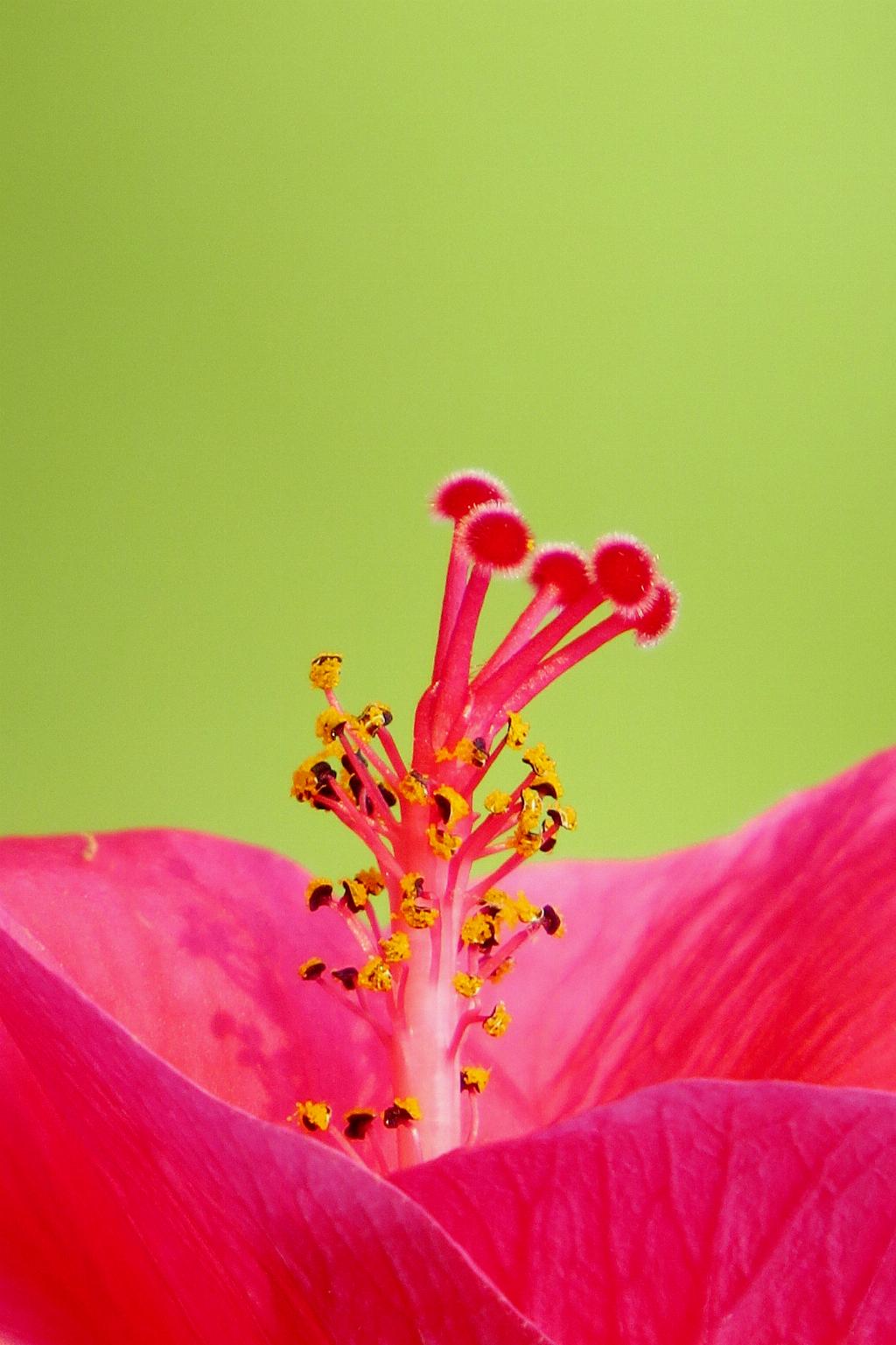When it comes to maintaining the health and beauty of your hibiscus plants, proper trimming is essential. Pruning your hibiscus not only helps promote new growth but also ensures that the plant maintains a neat and attractive appearance. In this article, we will delve into the best practices for trimming hibiscus plants to keep them thriving throughout the year.
1. Timing Is Key
One of the most crucial factors to consider when trimming hibiscus plants is timing. The ideal time to trim your hibiscus is in the early spring or late winter before new growth begins. This allows the plant to recover quickly and encourages healthy growth during the growing season.
2. Tools of the Trade
Before you start trimming your hibiscus plants, ensure you have the right tools for the job. Sharp, clean pruning shears are essential for making clean cuts that promote quick healing. Avoid using dull or dirty tools, as they can damage the plant and increase the risk of disease.
3. Where to Make Cuts
When trimming hibiscus plants, it’s important to make cuts just above the nodes, leaving about a quarter-inch of the stem. This helps stimulate new growth and prevents the cut from causing any harm to the plant. Remove any weak, diseased, or dead growth to enhance the overall health of the plant.
4. Removing Overgrown Branches
If you notice any overgrown branches or stems on your hibiscus plant, it’s essential to trim them back to maintain a balanced shape. Cut back any branches that are growing towards the center of the plant to allow for better air circulation and light penetration.
5. Dealing with Leggy Growth
Leggy growth can be a common issue with hibiscus plants, especially if they are not receiving enough sunlight. To address leggy growth, trim back the overly long stems to encourage new, bushier growth. This will help the plant maintain a more compact and attractive form.
6. Encouraging Blooms
Proper pruning can also help encourage more blooms on your hibiscus plant. By removing old, spent flowers and trimming back leggy growth, you can redirect the plant’s energy towards producing new blooms. This will result in a more vibrant and lush display of flowers.
7. Maintaining a Neat Appearance
Regularly trimming your hibiscus plants not only promotes healthy growth but also helps maintain a neat and tidy appearance. By removing dead or diseased growth and shaping the plant as needed, you can enhance its overall aesthetic appeal.
8. Avoiding Common Mistakes
When trimming hibiscus plants, it’s essential to avoid common mistakes that can harm the plant. Be careful not to cut too much at once, as this can stress the plant and inhibit new growth. Make small, strategic cuts to maintain the plant’s health and shape.
9. Post-Trimming Care
After trimming your hibiscus plants, be sure to water them thoroughly to help reduce stress and promote healing. Consider applying a mild fertilizer to provide essential nutrients for new growth. Keep an eye on the plant in the days following trimming to ensure it recovers well.
10. Monitoring Growth
Regularly monitor the growth of your hibiscus plants after trimming to assess how they are responding. Look for signs of new growth, such as fresh leaves and buds, which indicate that the plant is thriving. Adjust your pruning techniques as needed to maintain the plant’s health.
11. Consulting an Expert
If you’re unsure about how to trim your hibiscus plants or if you have specific concerns, consider consulting a gardening expert or horticulturist for guidance. They can provide valuable insights and advice tailored to your plant’s unique needs.

12. Enjoying the Results
Trimming your hibiscus plants can be a rewarding experience that not only benefits the health of the plant but also enhances your outdoor space. By following the best practices for trimming hibiscus plants, you can enjoy a vibrant, flourishing garden that brings joy and beauty to your home.
